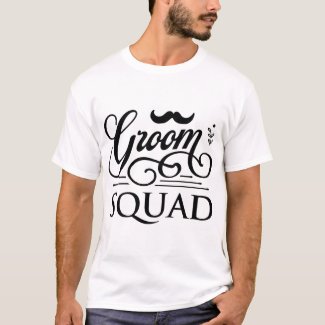Baby proofing your home should be a simple task to complete, yet there are many injuries to young babies each year that could have been avoided by being more careful and using more common sense. However there are some ways that your baby can be harmed in the most ambiguous ways. You can’t protect your baby from every harmful thing in the world but you should be able to prevent your baby from being harmed in your home. Here are some common ways to baby proof your home.
These are the 4 most commonly used rooms or areas in which your baby will gain access. As mentioned it may be worthwhile to purchase child proof locks to most drawers and cupboards in the home and use baby proof gates to deny access to potentially harmful rooms. There is only so many ways in which you can be prepared however the most effective way to ensure your baby’s safety is to supervise them at all times.
Adam is one of the leading new home builders NSW, Australia has to offer. Having 3 of his own children, Adam has had to use these tips to baby-proof his own house and recommends that all new parents do the same.
Nursery
In your baby’s nursery will see the crib, change table and numerous toys. To begin with, make sure your baby’s crib has minimal space between the vertical slats, estimated 2 inches to avoid your baby getting stuck. Avoid leaving any excess toys, blankets and unused pillows in the crib as your baby sleeps. These can cause suffocation or strangle your baby if not removed. Be sure to secure the change table to a sturdy position. Vertical slats are also recommended on change tables to deny your baby rolling off. It is also handy to have a baby monitor whilst your baby sleeps and you are in another room to allow you to hear their cries.Kitchen
It would be easier to just prevent access to the kitchen altogether by securing it with a baby proof gate. If your baby does gain access to the kitchen be sure to have all power sockets turned off and appliances, cutlery or other fixtures completely out of reach. You can install baby proof locks which will prevent them being able to open any drawers or cupboards. This is highly recommended as they can pull drawers out onto themselves or pick out sharp or dangerous objects and chemicals.Bathroom
You will spend some time in the bathroom as you will be required to bathe your baby in the tub. Depending on the age and size of your baby, some people will bathe them elsewhere but of course the bathroom is the most common. Make sure to test the temperature of the water before placing your baby in the tub. Try to avoid using too much soap as the suds can potentially reach your baby’s eyes and mouth. To be on the safe side insert non slip mates in both the tub and bathroom floor to avoid any slippage to you and the baby. Keep any harmful soaps or chemicals out of reach and secure the bathroom completely to deny your baby access.Living room
Here they will spend much time if not in their nursery. You may also choose to allow them to sleep in the living room in a designated area whilst in your supervision. Yet again be sure to child proof lock any cupboards or drawers in the living room and keep any other objects out of reach. Anything smaller will be harmful as your baby will tend to stick things in their mouth. It may be easier to use child proof gates to secure the living room and keep the baby entertained inside. Be wary of furniture or walls with sharp edges and use correct padding to apply over.These are the 4 most commonly used rooms or areas in which your baby will gain access. As mentioned it may be worthwhile to purchase child proof locks to most drawers and cupboards in the home and use baby proof gates to deny access to potentially harmful rooms. There is only so many ways in which you can be prepared however the most effective way to ensure your baby’s safety is to supervise them at all times.
Adam is one of the leading new home builders NSW, Australia has to offer. Having 3 of his own children, Adam has had to use these tips to baby-proof his own house and recommends that all new parents do the same.













No comments:
Post a Comment